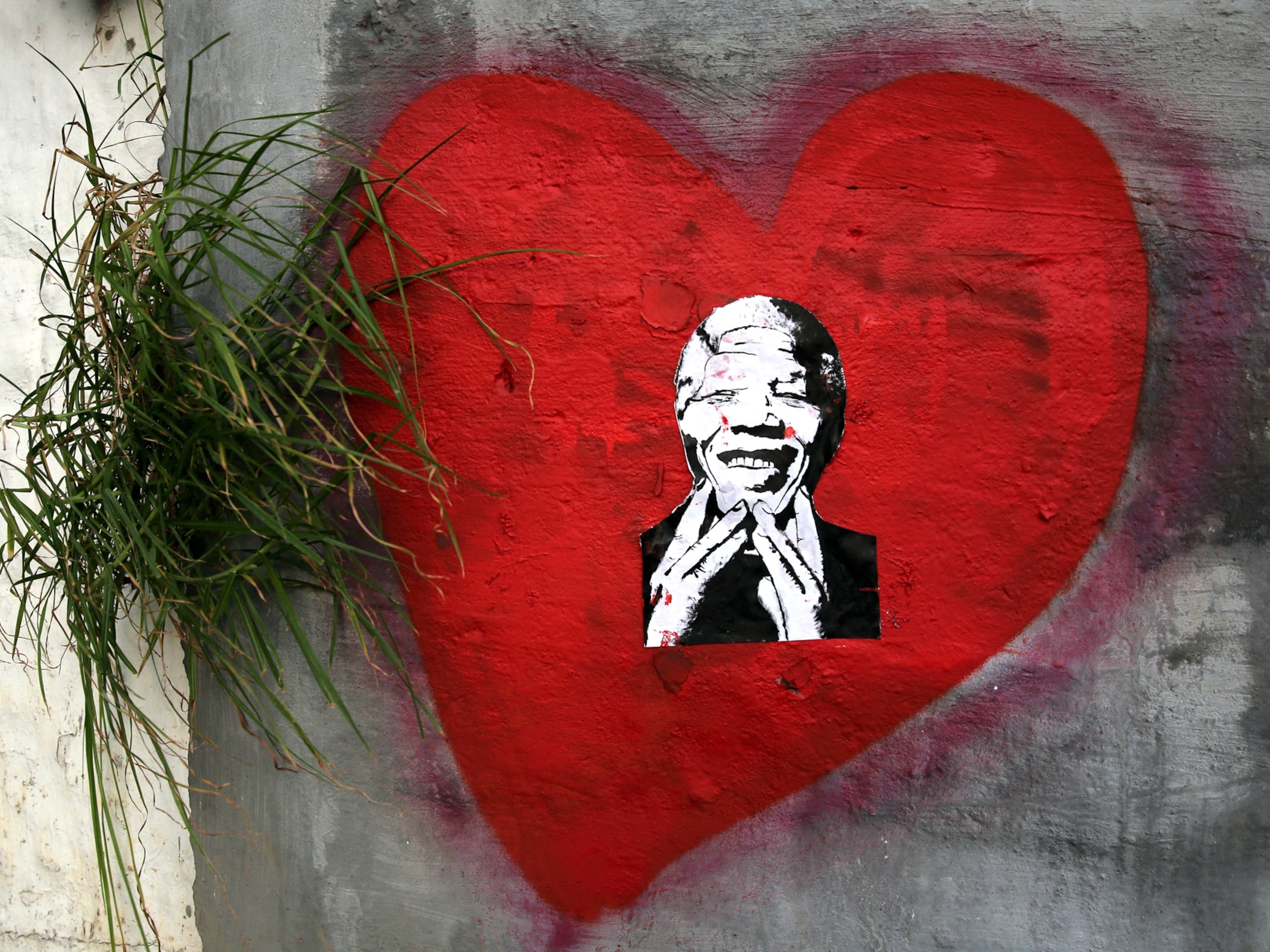
How an Obsolete Copy Machine Started a Revolution
The mimeograph—and the words it printed—changed a generation.
When Allen Ginsberg gave his first public reading of his poem Howl in San Francisco in 1955, the American literary scene was undergoing a radical shift. More than ever before, writers were evocatively exploring topics like sex, drugs, and spirituality. And they were doing it with the help of an unassuming piece of technology.
Because experimental poets like Ginsberg couldn’t get published by most of the big-name literary magazines or presses, they had to find alternate means of reaching an audience. That’s where the mimeograph came in. The low-cost precursor to the modern Xerox sparked an explosion of underground, do-it-yourself magazines and poetry books. It was essential to a generation of artists.
The machines these artists used were the culmination of technology that came about long before Ginsberg's time. Printing, of course, was hundreds of years old, but the tools to make many copies of already-printed pages were largely out of the public’s grasp until Thomas Edison patented what he called the "electric pen and duplicating press" in 1876. He sold the patent to A.B. Dick, who coined the term “mimeograph” (or “mimeo”) and marketed the machine to the public.

This machine worked sort of like a sewing machine—the “electric pen” made stencils through which ink would be pressed onto a new page. The technology took off in the early 20th century with the addition of a hand-cranked—and then motorized—drum, which significantly sped up and simplified the process. These mimeos cost between $50 and a hundred dollars in 1950, equivalent to about $500 to a thousand dollars today, and were at first mostly used in schools and offices. “Within a few years, the position of copyist, scribe, or scrivener disappeared,” says Frank Romano, president of the Museum of Printing in Haverhill, Mass.
Soon, these early copy machines—"mimeo” became a catchall term for a variety of other devices that sprung up around this time—began replacing traditional publishers for writers whose work veered from the mainstream. Mimeos became ubiquitous in the New York and San Francisco subterranean literary scenes, where young, scrappy groups of writers printed their work independently. “Writers who sought new ways and languages took charge of their own publication,” says poet Jerome Rothenberg in his book about the Mimeograph Revolution. Along with the affordable machine, all you needed was a typewriter to make a stencil, ink, paper, and some artistic vision.

“It's not complicated, it's not expensive, and it doesn’t require any professional training,” says Kyle Schlesinger, a typography professor at the University of Houston-Victoria and expert on the movement. It was also fast: As many as 500 copies of a little magazine—the predecessor to the zine—could reach its audience in a few weeks. “It’s not so much different from blogging or tweeting now,” Schlesinger adds.
It wasn’t just artists using the machines to get around the old-media gatekeepers. In 1943, poet William Everson, confined to a conscientious-objectors camp in Oregon, began printing a newsletter called The Untide. “This is a time of destruction, against which we offer the creative act,” Everson declared in the first issue, further tying together the confluent concepts of activism, art, and the means of production. Nineteen years later, Students for a Democratic Society used a mimeo to make 20,000 copies of their manifesto, "The Port Huron Statement," which helped spread the cause of student activism in the '60s.
Mimeographed work has a quick-and-dirty aesthetic that matches its rebellious spirit. They’re also fragile, so I was surprised to find one in perfect condition in the Library of Congress’s Rare Book and Special Collections section. A librarian dug one up for me and presented it on a plastic book cradle. About the size of a passport, it was a flimsy copy of a William Burroughs short story “stomped into print” in 1964 and held together with two staples. Some of the ink was smudged, the pink construction paper felt like it could tear at any moment, and the presentation seemed almost juvenile given the notoriety (and notoriousness) Burroughs would soon rise to.

But when I read the story, a satire of President Roosevelt meeting with made-up political characters, the raw form made sense. “TOTAL ASSAULT ON THE CULTURE,” the back cover read. And the culture took notice. The story’s publisher, Ed Sanders, ran one of the most well-known independent presses of the era, and even appeared on the cover of Life magazine in 1967.
“The reason why he was on Life was because he had his hands in all these counterculture pies that was really presenting a viable, interesting alternative to mainstream media,” says Jed Birmingham, a book collector and writer for a blog about the Mimeo Revolution, which Schlesinger edits. Mimeographed magazines represented a new era in American culture, hence their home in the Library of Congress. There are also literary zine collections housed in universities such as the University of Iowa and New York University.

Publishers that originally ignored the Bay Area and New York schools of poets started to take notice as mimeo books spread. “DIY publishing works as a big feeding tube into what would become mainstream writing,” Schlesinger says. Robert Creeley, the iconic American poet, got his start in self-publishing but was eventually picked up by Scribner’s, the firm known for publishing authors such as Ernest Hemingway and Kurt Vonnegut. Mimeograph presses functioned as incubators for some of the most important writers in mid-20th century literature.
The spirit of DIY publishing that grew out of the Mimeograph Revolution flourished into the 1980s, when handmade fanzines permeated the punk music scene and feminist movements. Although photocopiers, inkjet printers, and the Internet gradually made the mimeograph obsolete, the machine’s legacy is still present in the digital age. Think of Tumblr as the modern-day equivalent. (There’s even an Tumblr taxonomy devoted entirely to literature and poetry.)
“I don’t really fetishize the mimeograph itself,” Schlesinger says, “I'm simply in awe of what it did for a generation.”
Follow Greta Weber on Twitter.






